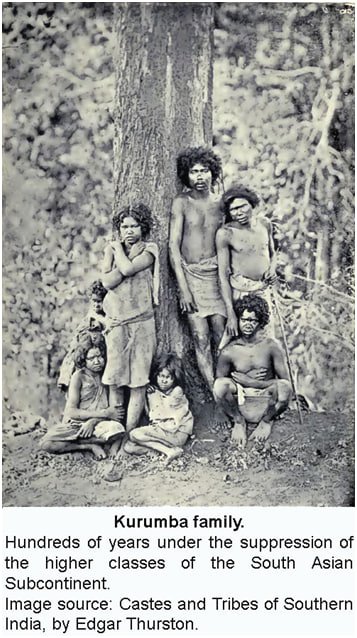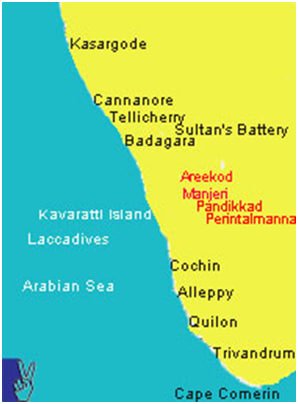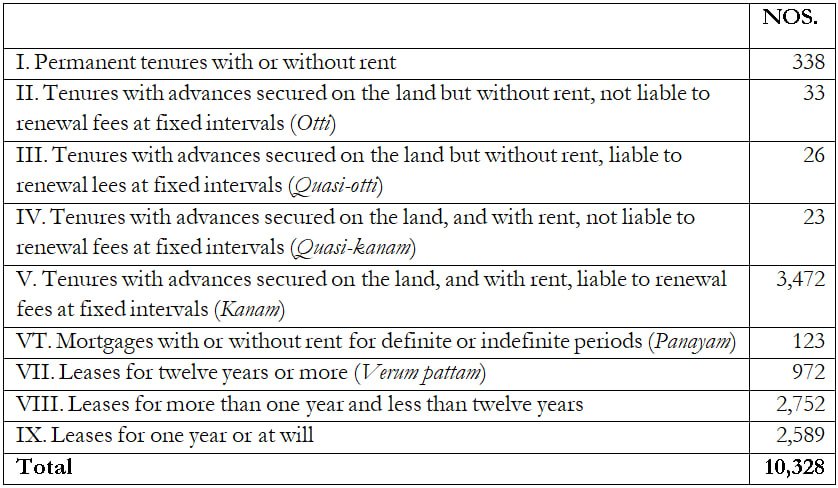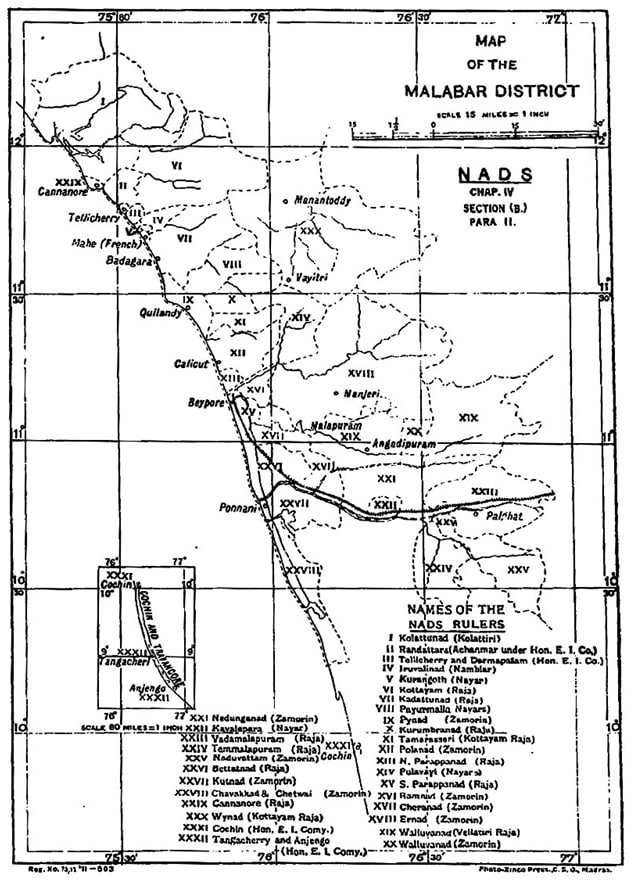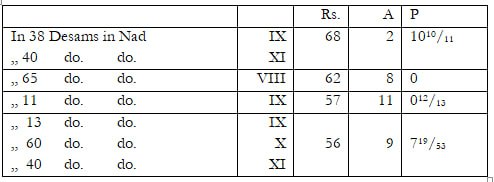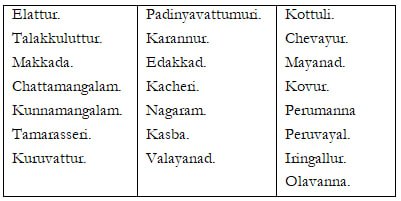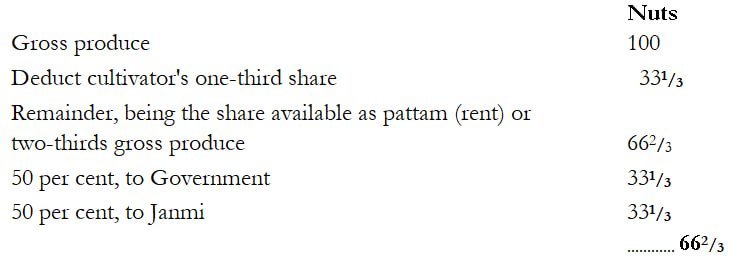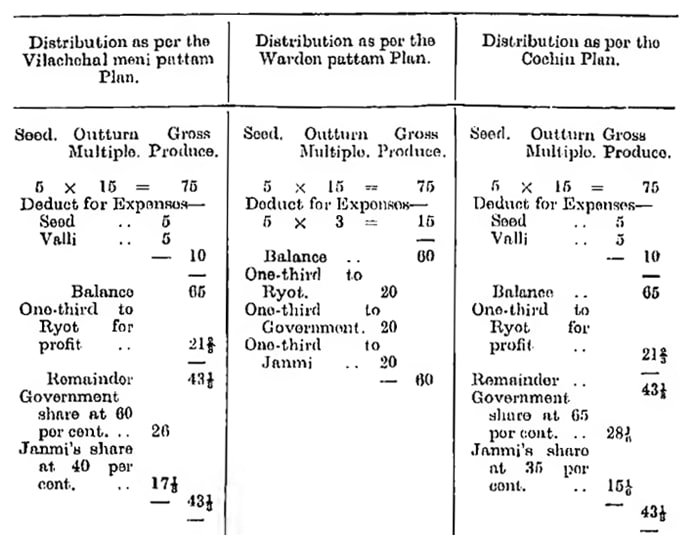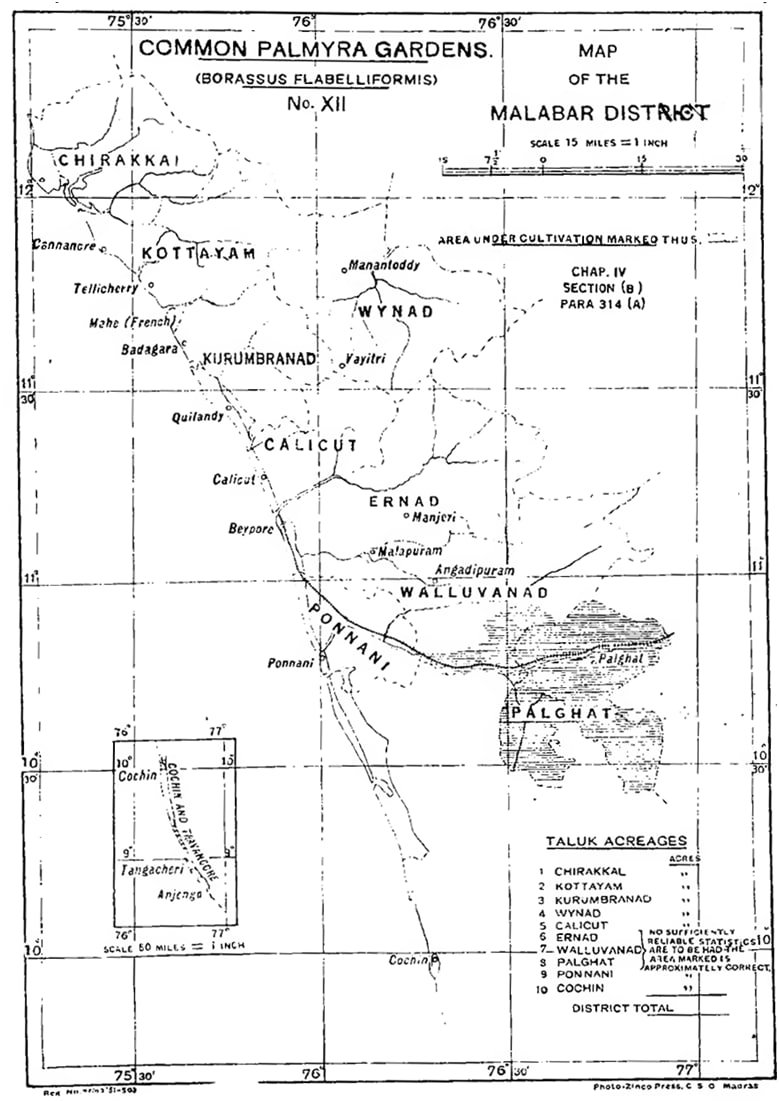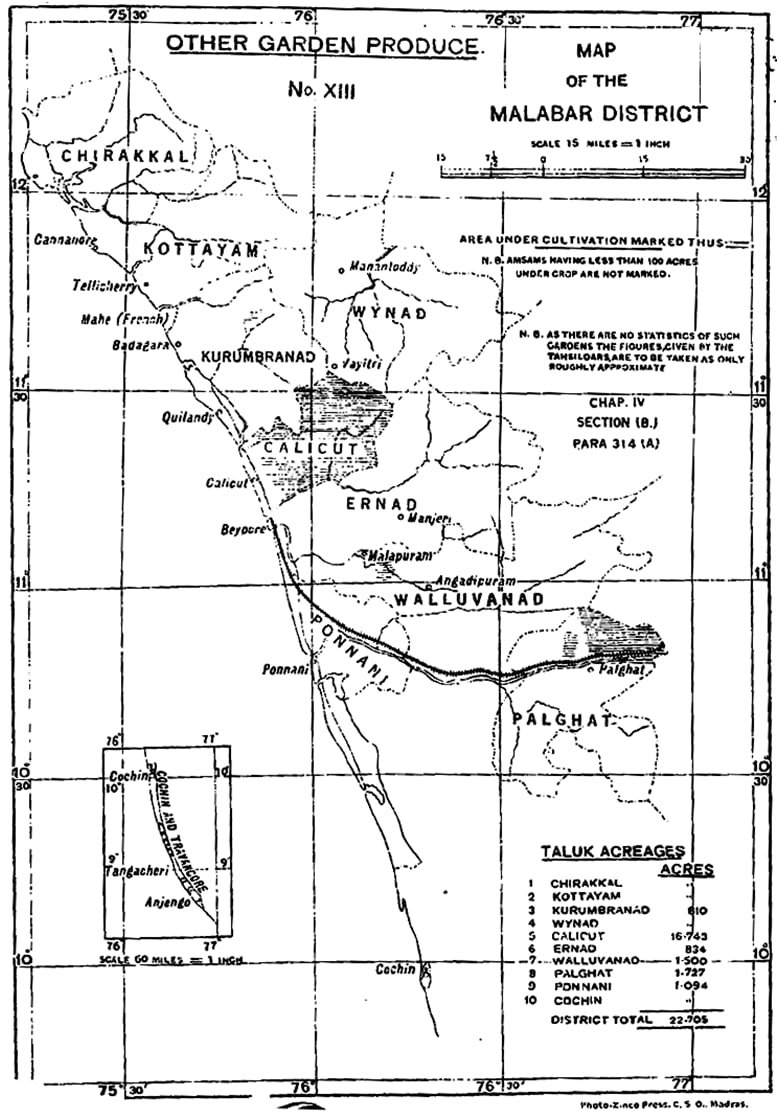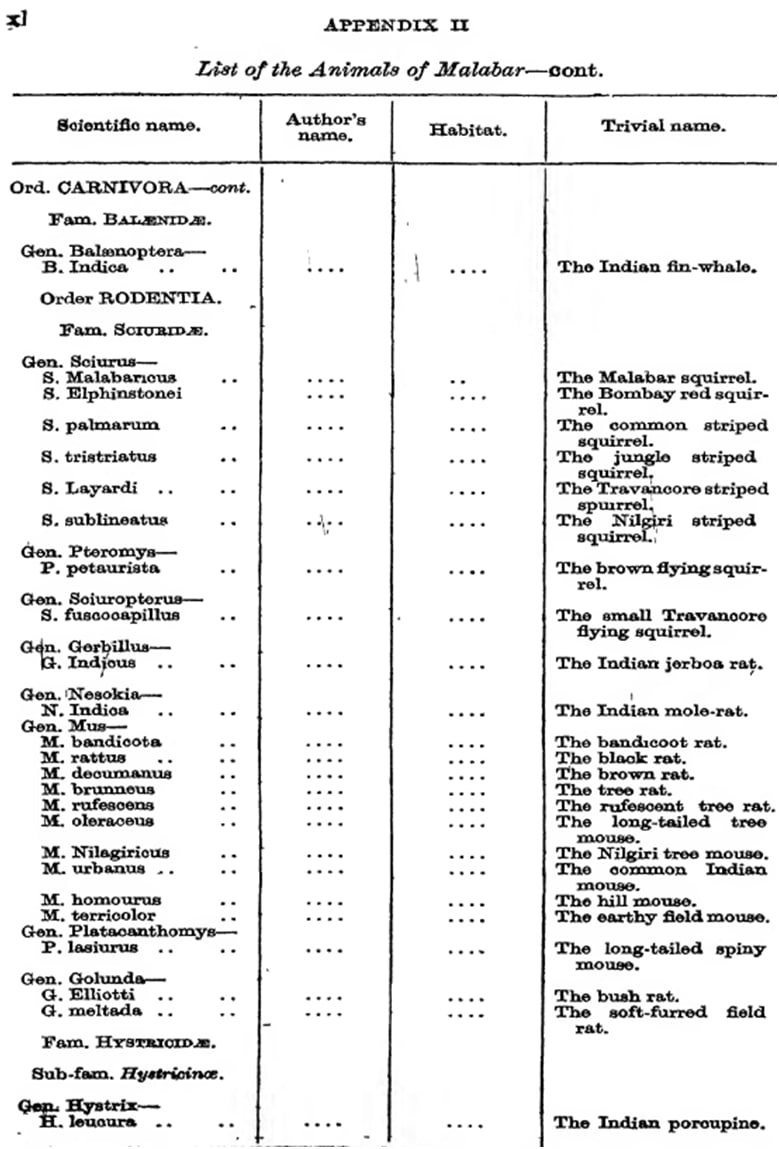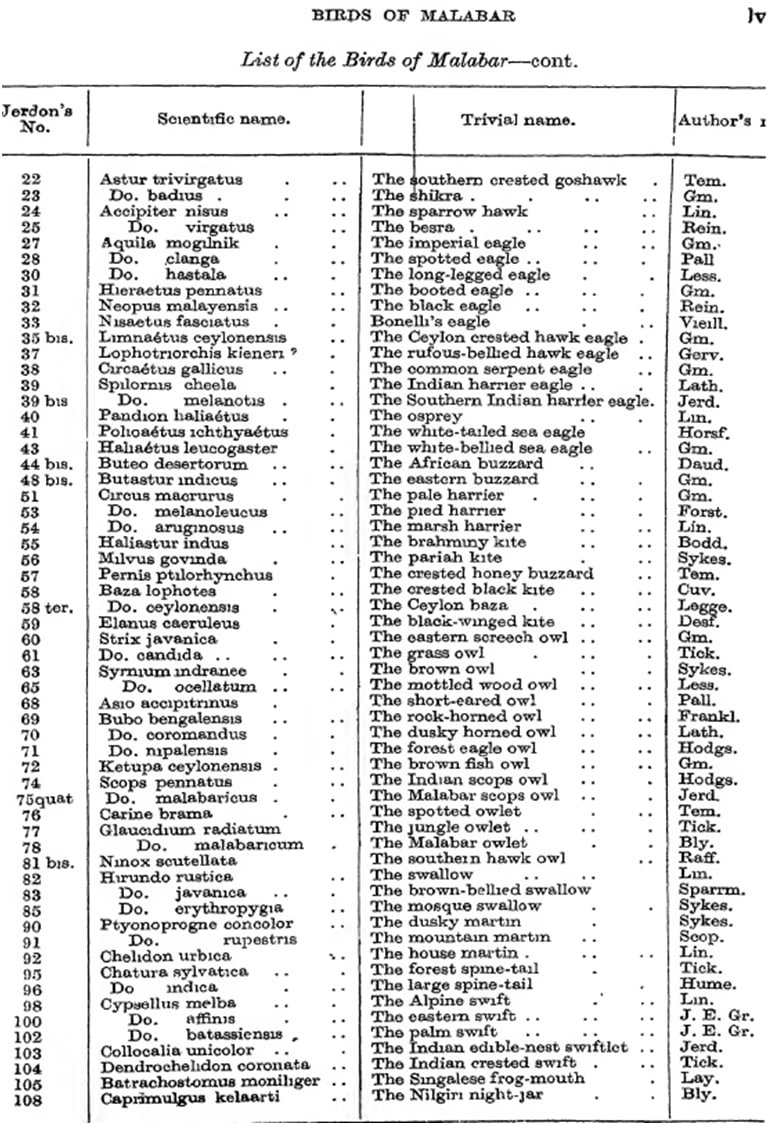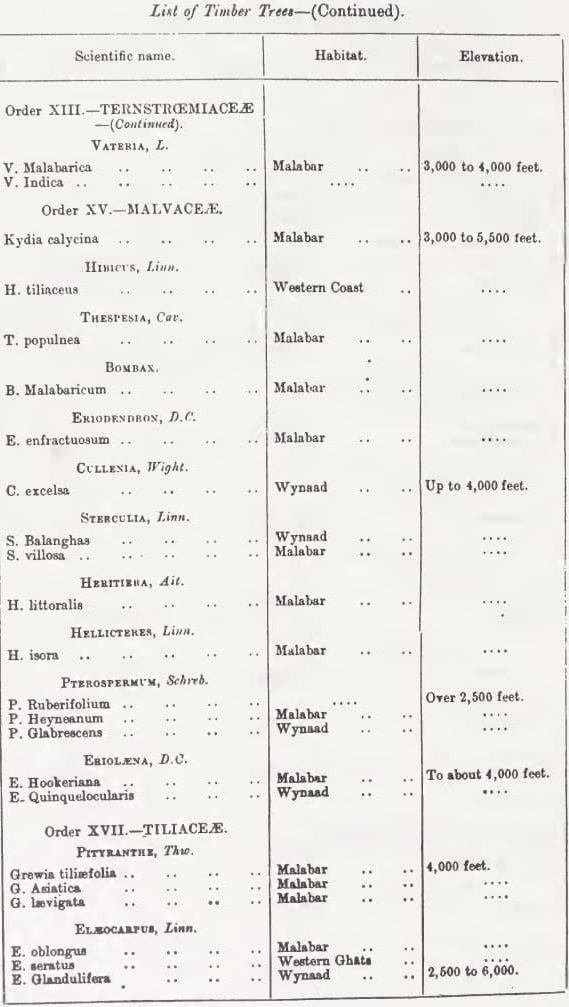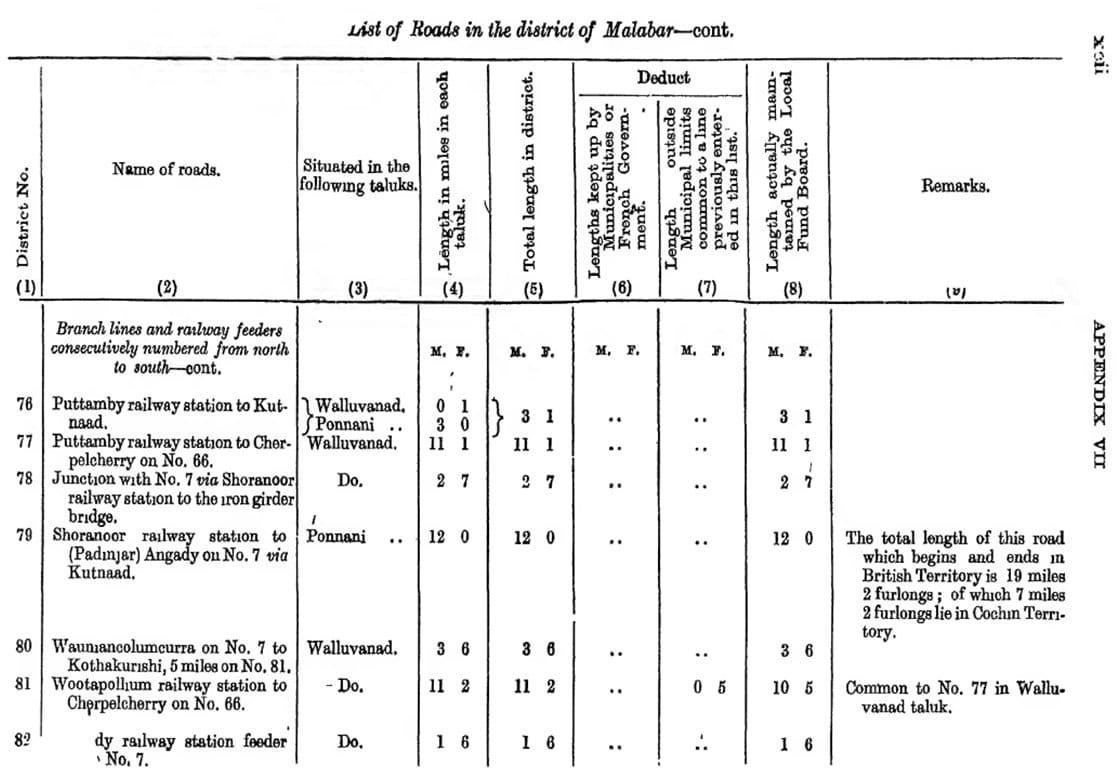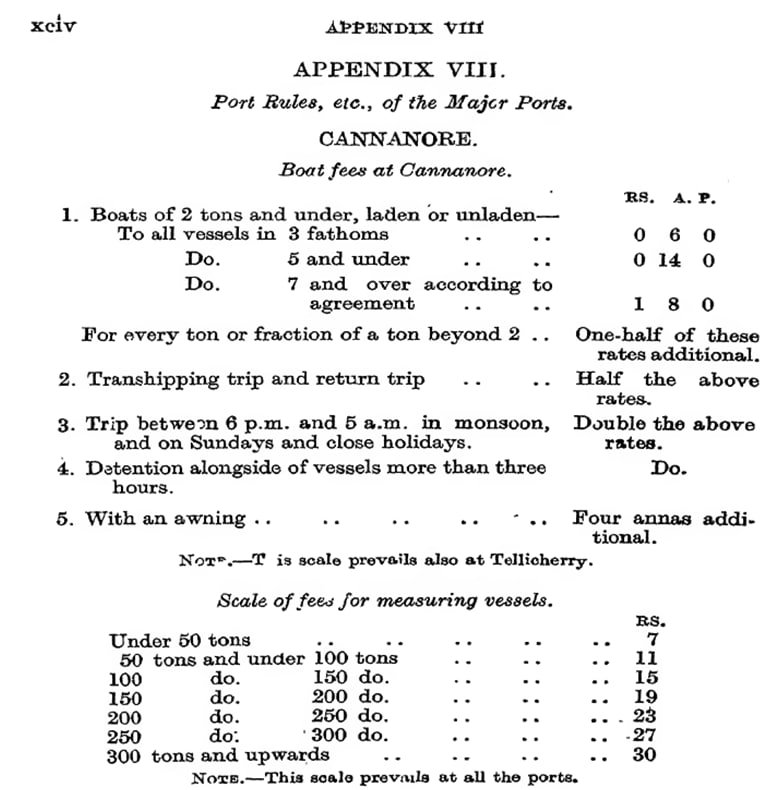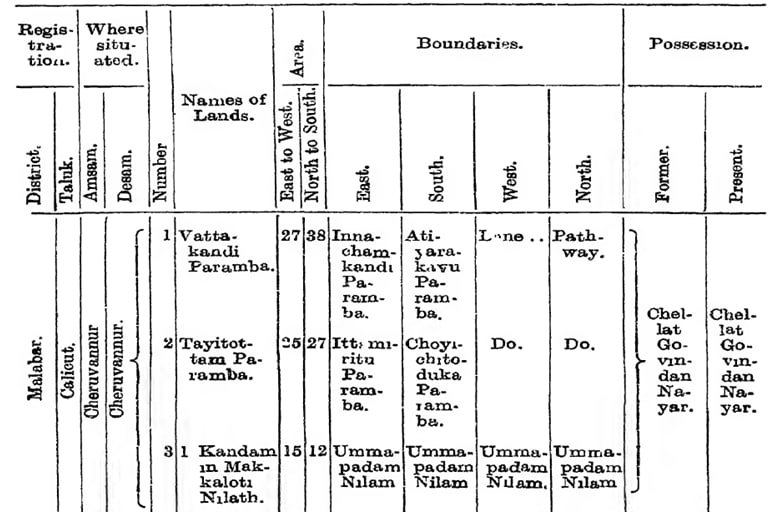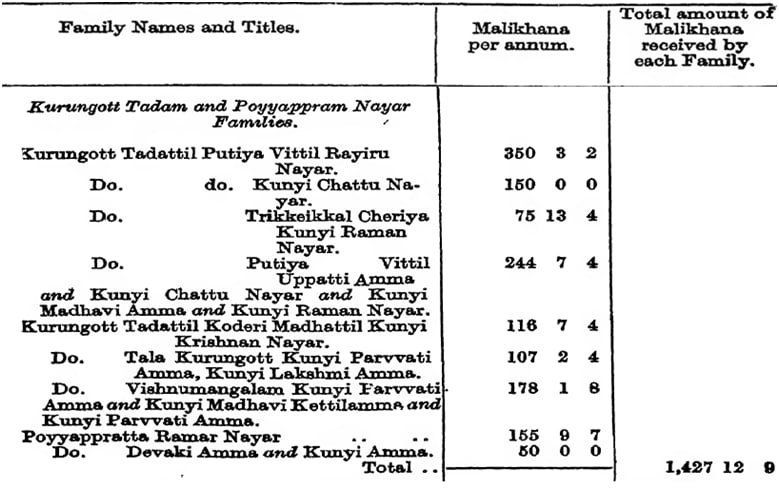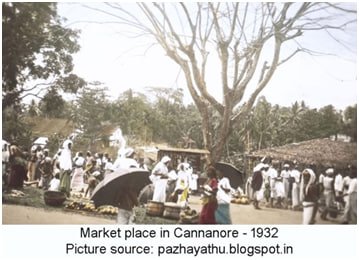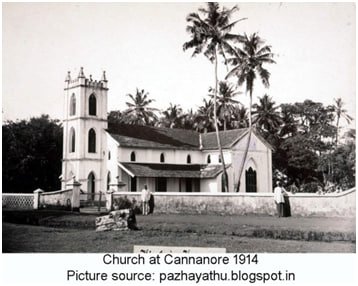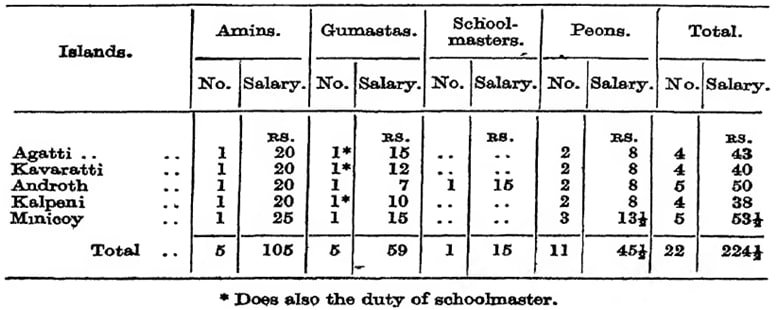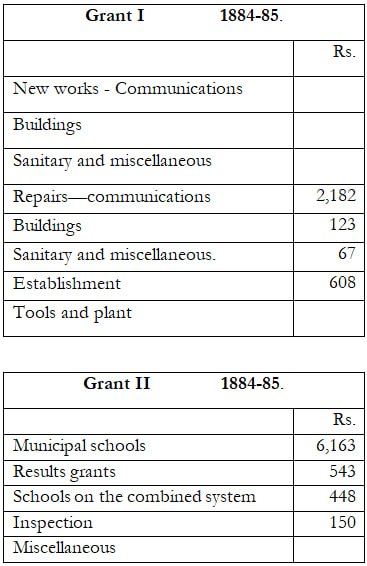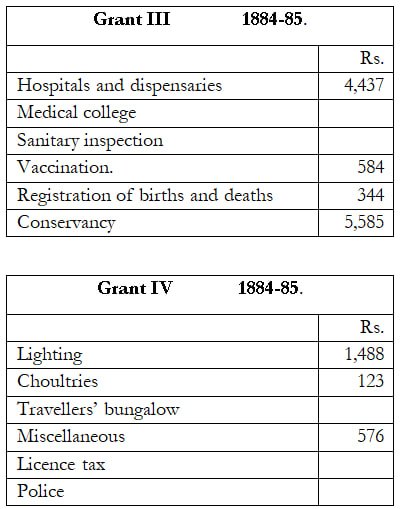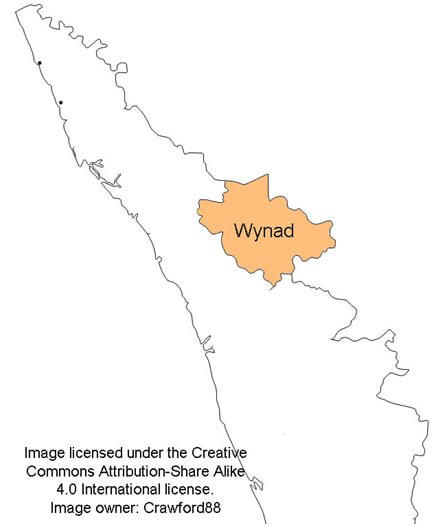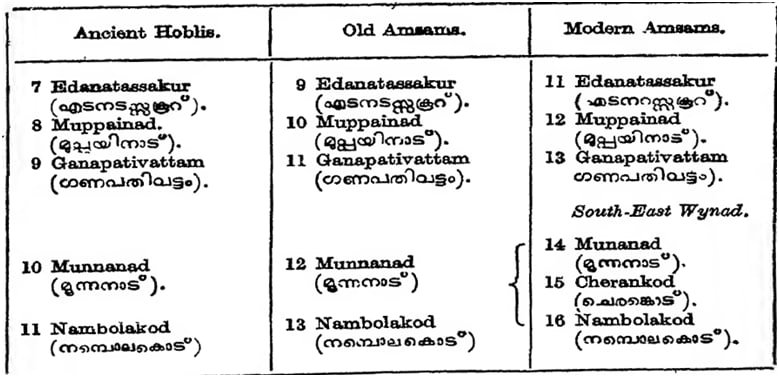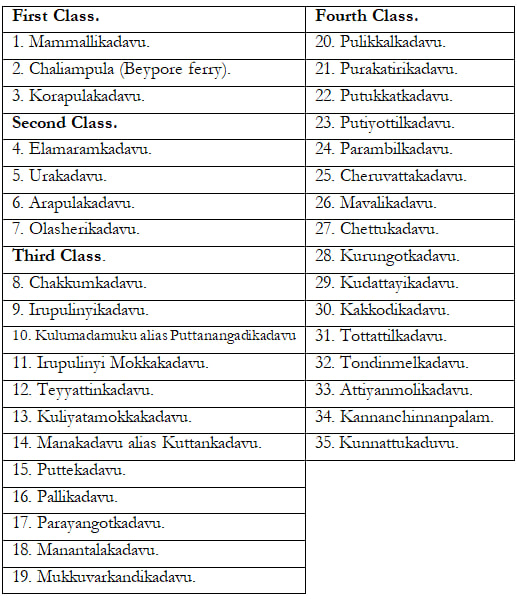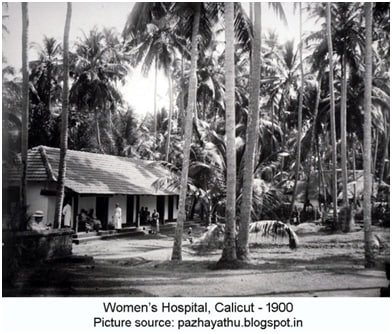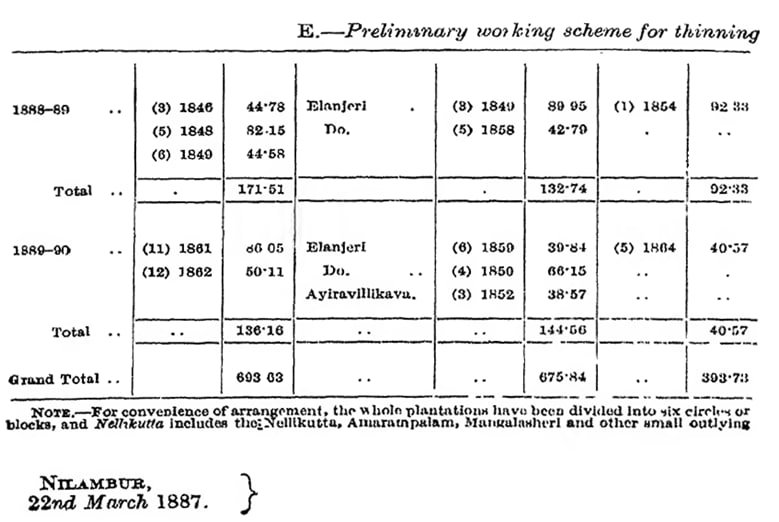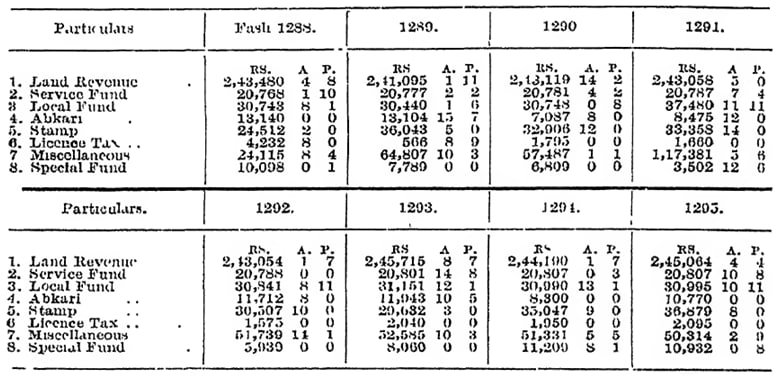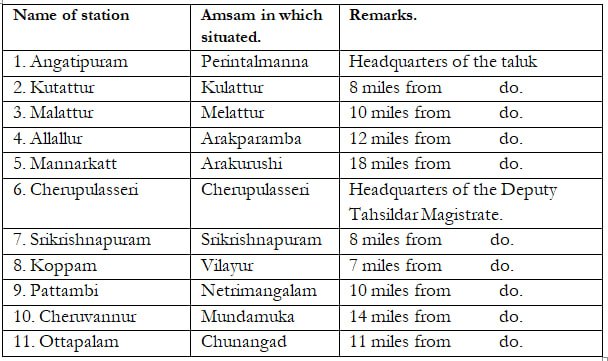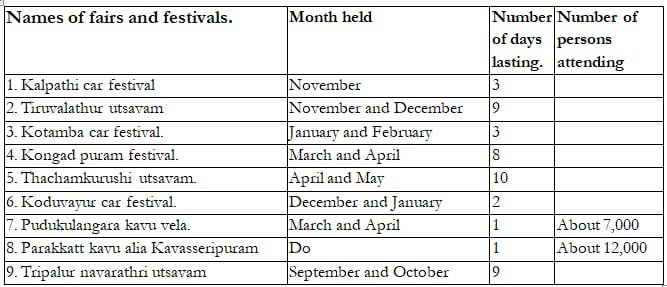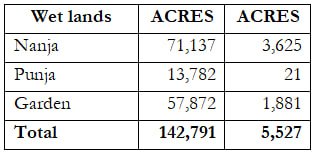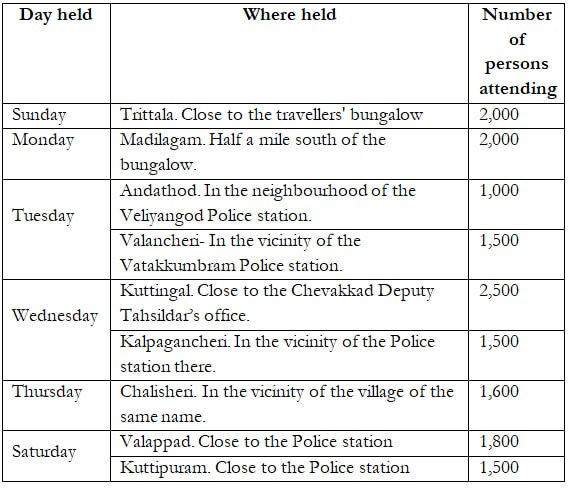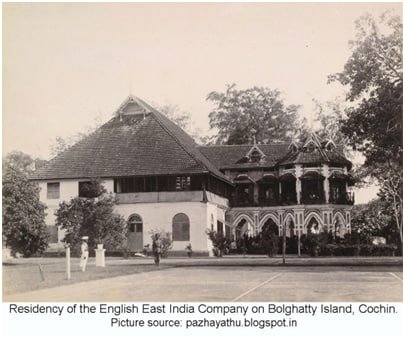ab
#
The feeling uppermost in my mind, as I lay aside my pen is, though it may seem paradoxical to say so, that I could wish that I were just taking it up to begin! Not, however, be it understood, that I could wish that I were just about to commence this present work afresh, but that (it having been completed by someone else) I were starting to follow my inclination in wandering along some of the many fascinating vistas of knowledge which have been disclosed in the course of its preparation.
Many things I would, no doubt find wherein my knowledge was defective, and many more still in which fuller investigation would, throw new, and perhaps altogether different, light on what seems plain enough now.
The knowledge obtained in compiling these volumes and the Volume of Treaties,* etc., which preceded them, has in short brought me to the stage in which discrimination becomes practicable, and I could wish that I were taking up my pen now to pursue the inquiry further in many directions.
How far my readers may agree with me on this point I know not, but I shall consider that I have failed in one main object if I do not succeed in arousing a feeling of interest on many points whereon I have necessarily touched but briefly in this present work.
NOTEs
*A Collection of Treaties, Engagements, and other papers of importance relating to British Affairs in Malabar. Edited with notes by W, Logan, Madras Civil Service, Calicut, 1870. END OF NOTEs
I would more especially call attention to the central point, of interest, as I look at it, in any descriptive and historical account of the Malayali race—the position, namely, which was occupied for centuries on centuries by the Nayar caste in the civil and military organization of the province,— a position so unique and so lasting that but for foreign intervention there seems no reason why it should not have continued to endure for centuries on centuries to come.
Their functions in the body politic have been tersely described in their own traditions as “the eye,” “the hand” and “the order” and, to the present day we find them spread throughout the length and breadth of the land, but no longer—I could almost say, alas!—“preventing the rights (of all classes) from being curtailed or suffered to fall into disuse.”
This bulwark against the tyranny and oppression of their own rulers secured for the country a high state of happiness and peace, and if foreign peoples and foreign .influences had not intervened it might, with almost literal truth, have been said of the Malayalis that “happy is the people who have no history.”
To understand Malabar and the Malayalis aright it is above all things necessary therefore that this central fact — this distribution of authority,—this “Parliament ” as it was called so long ago as 28th May 1746 by one who was settled in the country and watching its working—this chastiser of the unwarrantable acts of Ministers of State—-this all powerful influence tending always to the maintenance of customary observances—should be firmly grasped by the mind.
Progress in the modern sense it is true was impossible under such a system, but what after all has been the goal of all modern legislation, but, as Bentham’s great dictum puts it,—“the greatest possible happiness of the greatest possible number.”
To anyone who chooses to study the history of the Malayalis it will become apparent that the race had advanced far towards the attainment of this modem aim, and this too, and it is all the more remarkable on that account, was the state of affairs among a people whom I have described in the text as “a Hindu community of the purest and most characteristic type”.
I regret much that more cannot be made at present of the early history of the people. Such sources of information as were accessible to a very hard-worked District Officer have been freely utilised, but the results are not very satisfactory. Moreover, it ought never to be forgotten that facts, which bulk largely in the histories of European races, arc not to be expected here. Violent ebullitions of the popular will be directed towards the removal of tyrants, and great upheavals of classes are not to be looked for in Malabar.
A people who throughout a thousand and more years have been looking longingly back to an event like the departure of Cheraman Perumal for Mecca, and whose, rulers even now assume the sword or sceptre on the understanding that they merely hold it “until the Uncle who has gone to Mecca returns,” must be a people whose history presents few landmarks or stepping stones, so to speak,—a people whose history was almost completed on the day when that wonderful civil constitution was organized which endured unimpaired through so many centuries. The Malayali race has produced no historians simply because there was little or no history in one sense to record.
But the field is in another sense a fertile one, and I have already in the text acknowledged my great indebtedness to Dr. Gundert for having in his admirable Malayalam Dictionary gathered in a rich harvest of knowledge on a vast variety of topics treated of in this work. I believe that if one were to search the length and breadth of the Peninsula it would ho found difficult to select another Province in which research is likely to yield a more abundant store of highly interesting and important information. To do the subject full justice however that harvest should be reaped, that stun' should be accumulated, by a native of the soil.
In regard to the period when foreign peoples and foreign influences began to make their mark in. Malayali history, the late Dr. Burnell told me that he had for years been collecting in his library every work hearing on the Portuguese period, with a view to preparing an exhaustive account of their doings. To this end he had been picking up volumes in almost every country on the continent and in almost every European tongue. It is a thousand pities that he was unable to complete the work: whether he ever made a commencement of it I know not. The short account given in this work makes no pretensions to being exhaustive, and as regards accuracy I have done the best with the materials I found ready to hand
Pyrard’s work, which is just appearing in London under the auspices of the Hakluyt Society, did not come under my notice until the text was in print, else I would not have failed to borrow from its picturesque pages some especially interesting sketches of native society on the coast in the early years of the seventeenth century.
In regard to the later periods of foreign influence and intervention, I have drawn nearly all my informal inn from the district records. The earliest of these, in my office, at Calicut, go back to the seventeenth century, and from the year 1725 an almost unbroken series of very ponderous manuscript volumes records, in the most minute detail, the doings of the Honourable East India Company's Factories on the coast down to the time (1792) when the Honourable Company’s “merchants" and “writers” laid aside day-book and ledger and assumed the sword and sceptre of the land.
Subsequently to 1792 also, the records of my office contain nearly everything that is required to furnish an account of the province down to the present day.
These portions of the history of the district have accordingly been treated as fully as the nature of the present work seemed, to require. Advantage has also been taken, to supplement the district records from standard works. But the number of the latter is extremely limited, for although he was born in the district at Anjengo—Ormo does not appear to have done anything towards elucidating its history—And Wilks concerns himself chiefly with the Mysorean conquests, and scarcely touches on Malabar topics except when re-counting the exploits of Hyder Ali, or describing the atrocities of Tippu Sultan.
Full advantage has been taken of his graphic and picturesque historical sketches. Finally Dr, Day’s “Land of the Perumals,” founded to a considerable extent in regard to Dutch affairs on information derived from my office records, has been laid under liberal contribution.
In conclusion I must acknowledge my great indebtedness to Mr. Rhodes Morgan for his interesting sketches of the Forests and Fauna of the District, to Messrs. O. Cannan, ex-Deputy Collector, and Kunju Menon, Subordinate Judge, for very valuable notes on many subjects, to the gentlemen who have contributed the local descriptive notes embodied in Appendix XXI, and to many other native friends too numerous to mention here.
Mr. Jacques, of the Collector’s office, has been indefatigable in the preparation of the index. One important source of information has, I regret, been neglected, more from lack of special knowledge than from anything else. I refer to the archaeology of the district.
The Director-General, Dr. Burgess, C.I.E., has lately been here on tour and from the fact that some of the existing Malayali temples probably date back in his opinion so far as the eighth century A. D., some important information will almost certainly be derived from this source. In one particular Dr. Burgess has also, from a cursory examination of the Muhammadan tombstones at Pantalayini Kollam (page 195), been able to sot me right.
He thinks that, apart from what may be engraved on the stones, not one of them can, from the character of the writing, be of an earlier date than the fourteenth century A.D. The inscription to be found at page 195 was read for me by a learned Arab gentlemen, who took much pains in the way of paper tracings of the letters and figures, and spent much time in endeavouring to secure accuracy in the reading. It is quite possible that the tombstone was erected at a later date to commemorate the traditionary burial place of one of the early Arabian pioneers on the coast.
EAST HILL, CALICUT
7th of January 1887.

































































































































































































































































